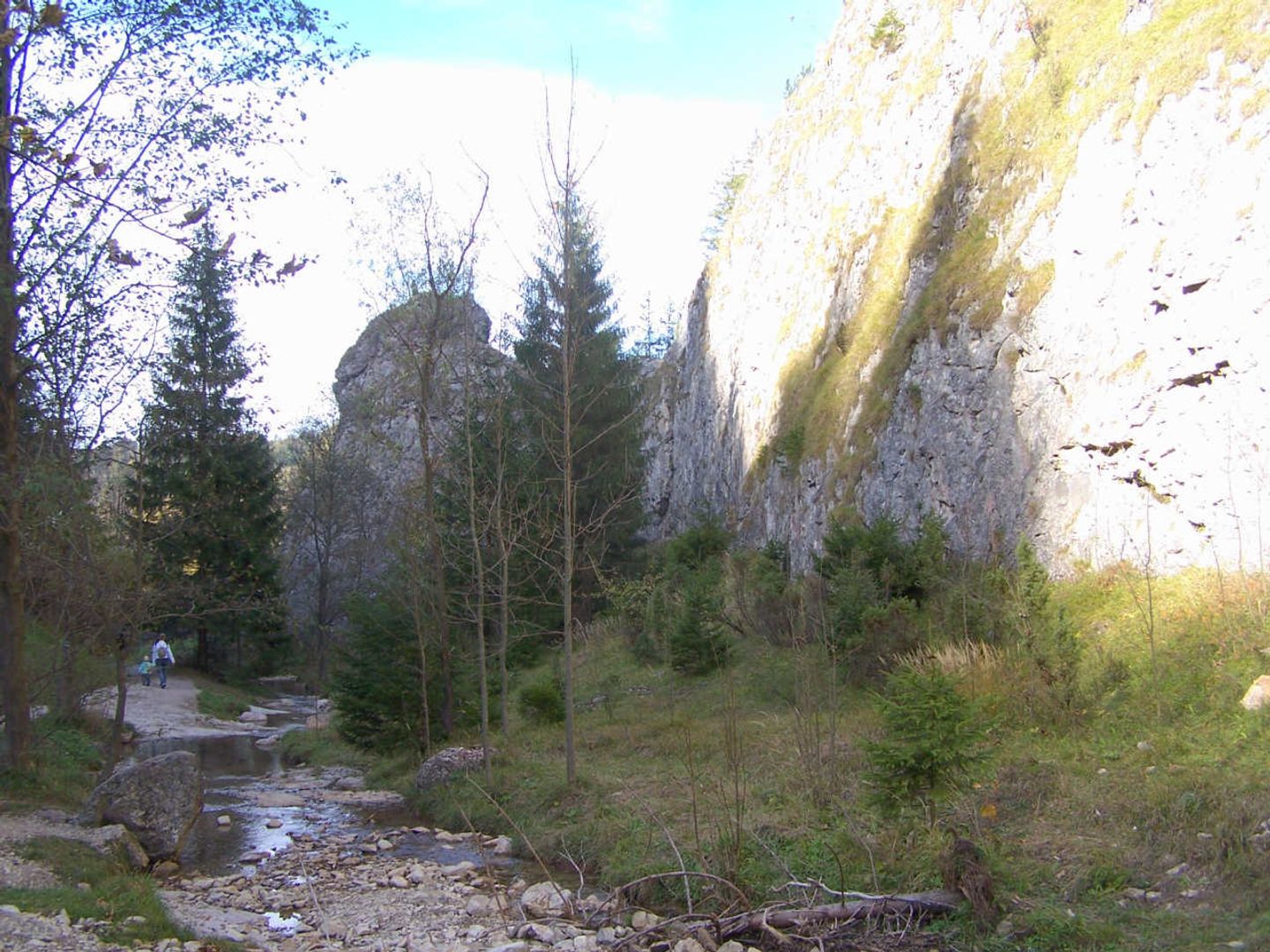Homole Gorge
7.29

Overview
Homole Gorge, located in the Lesser Pieniny Mountains in the village of Jaworki near Szczawnica, stretches for about 800 meters and is renowned for its rich history, architecture, and striking terrain. Its name derives from the Ruthenian word “homoła,” meaning “rounded,” which refers to the shape of the valley. The first mentions of the region date back to the 15th century, when treasure hunters, including Piotr Wydźga, documented legends about hidden treasures. Historical records, such as "Castrum Homola" from 1529, mention a deserted castle that may have been rebuilt in the 16th century by Stanisław Nawojowski. Archaeological excavations carried out in 1988 uncovered fragments of ceramics and bricks dating back to the 16th century, confirming human presence in the area.
In addition to unique rock formations like Niska and Wysoka Skała, the gorge is characterized by diverse geology. Its walls are built mainly of limestone, shale, and marl, and the region is home to valuable plant species. Today, the gorge is a nature reserve, offering beautiful views and rare flora. Its charm attracts tourists, who can explore a designated hiking trail winding through picturesque landscapes, complete with modern amenities such as metal footbridges.
In the Dubantowska Dolinka (Dubantowska Valley), visitors may encounter the Kamienne Księgi (Stone Books)—rocks that, according to local legends, record human destinies. The gorge not only captivates with its natural beauty but also intertwines with centuries of history, making it one of the most beautiful places in Poland. The Kamionka Stream still flows through it, shaping the valley floor and creating picturesque cascades.
Location
2025 Wizytor | All Rights Reserved